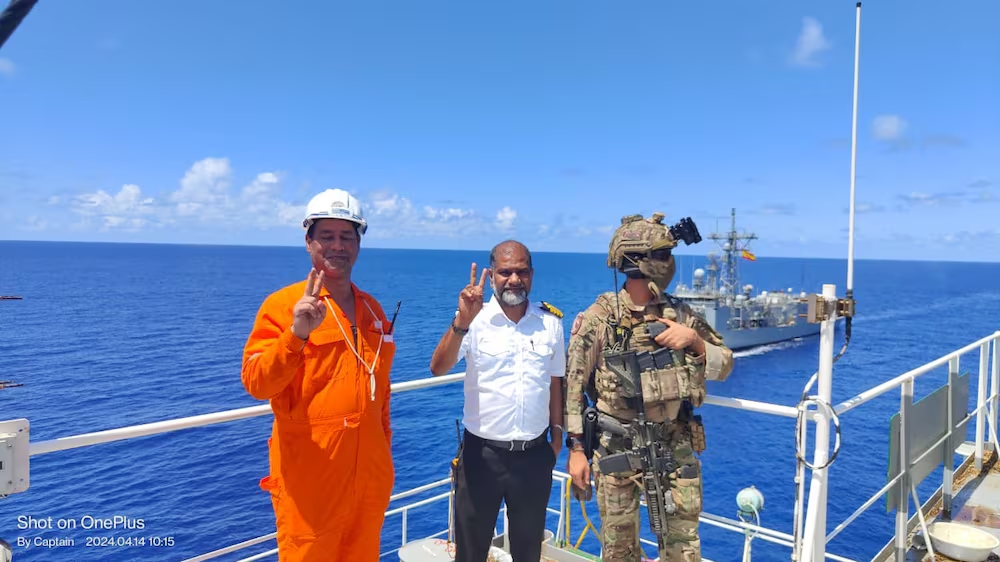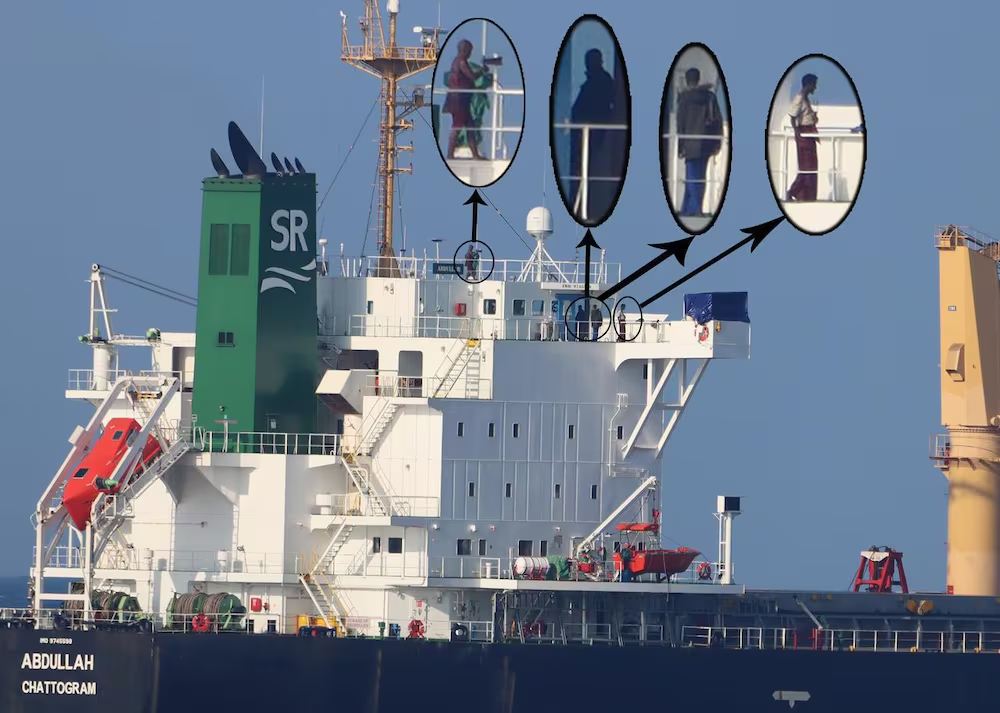The Governor of Somaliland’s drought-ravaged eastern province of Togdheer stood calmly against a backdrop of flimsy shelters created out of thorn bushes and scraps of plastic and torn cloth that had sprung up in the two months that I’d last been in the villages around Einaabo.
There were only a few makeshift camps for rural communities fleeing hunger and the threat of famine back then, now there are many more.
I asked him how things were since the last time I was here to report on Somaliland’s worst drought in over a century.
He fixed me with a grim stare before he said: “When you and your colleagues from ITV were last here, people were able to cope and could think about surviving this drought, now they are on the verge of death.”
Sorry, this content isn’t available on your device.
- Watch Rageh’s Facebook live from a hospital in Somaliland
That was no exaggeration, and evidence I’d seen as I’d travelled crossed the self-declared Republic the previous two days pointed to one unavoidable conclusion – things are worse than when we reported from this region two months ago.
There are more displaced camps, with desperate families arriving each day.
In the remote villages we visited we saw no evidence of significant international humanitarian aid being delivered.

Conditions have got worse in just two months. Credit: ITV News
Officials told us they have not had help from the outside world; emergency food supplement, shelter or water supplies.
Along the hundreds of miles of pot-holed but easily easily accessible tarmac roads from the capital Hargeisa we came across several lorries carrying water.
But all were from local Somaliland charities or business leaders or from Middle East based Islamic charities.
I last reported here just before the British public responded so generously to the DEC’s appeal to raise funds for the unprecedented crisis which sees four countries (including Somalia and Somaliland) facing famine at the same time.
- Nicola Peckett from the DEC explains how British donations are helping
The Somaliland government and international agencies were warning that after a staggering 10 million of the country’s 18 million livestock were lost, people were down to their last coping mechanisms.
And if the rains failed in April, the disaster would begin to engulf the human population.
Those rains have failed and earth is now being scorched dry for the third successive year.
As a result, those grim warnings are beginning to be played out.

The rains failed to come in April and the land is bone dry for a third successive year. Credit: ITV News
As we drove back to the main city in the Togdheer region, Burco, our car was waved down by worried villagers.
They were carrying something or someone in a large blanket but it was difficult to make out as the figure was shrouded.
It was a young man, perhaps in his thirties, listless and barely conscious.
He had contracted cholera.
- Pediatrician Dr Khader Ahmed speaks to Rageh Omaar
In Burco itself, the authorities were down to coping as best as they could without any international assistance.
So they have had to use the city’s school of nursing and midwifery as a temporary quarantine for people for cases such as cholera and diarrhoea.
The head of the school said they were at the end of their tether as to know what to do, even paying for the fuel for ambulances out of her minimal wages for the hardest cases.
“People are beginning to die,” she told me. “Thankfully still in small numbers, but they are beginning to die… but it feels like our pleas for help have fallen on deaf ears.”
- ITV News International Affairs Editor Rageh Omaar explains why aid is struggling to reach the region:

































